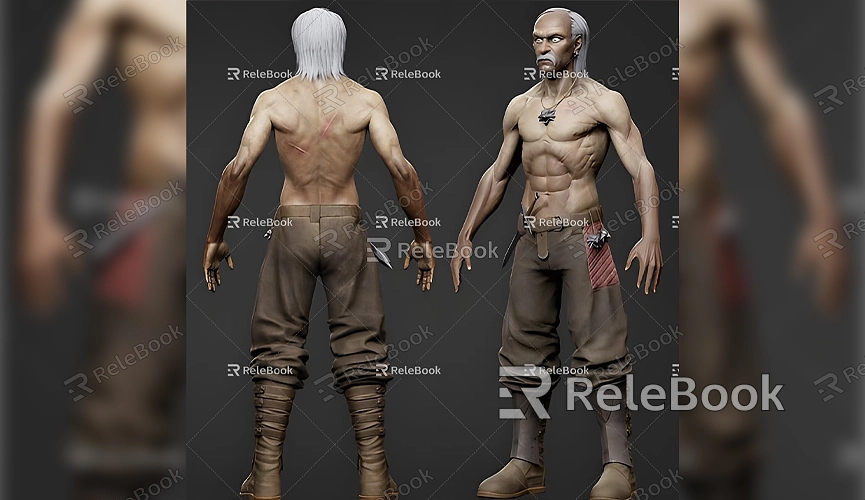How to 3D Print a SketchUp Model
With the rapid development of 3D printing technology, more designers and enthusiasts are using SketchUp to create 3D models. SketchUp is popular for its user-friendly interface and flexible modeling capabilities, but successfully converting a model into a 3D printable file isn’t always straightforward. This article will guide you through preparing your SketchUp model for 3D printing and provide practical tips and considerations.
Choose the Right 3D Printer
Before you start modeling, it's crucial to understand your 3D printer. Different printers use different technologies and materials. For instance, FDM (Fused Deposition Modeling) printers are suitable for PLA or ABS plastics, while resin printers use photosensitive resin. Ensure you select compatible materials and settings to achieve the best results.

Create a Model Suitable for 3D Printing
When creating a model in SketchUp, keep the following key factors in mind:
- Model Integrity: Ensure your model is a closed solid. Any openings or discontinuous edges may lead to print failures. You can use the "Check Model" tool in SketchUp to verify the model's completeness.
- Adequate Thickness: Make sure smaller parts have enough thickness for the printer to accurately print them. A recommended minimum thickness is 2-3 mm.
- Avoid Overhangs: Try to minimize any overhanging structures in your model. If they are necessary, consider adding support structures.
Export as STL Format
Once your model is complete, the next step is to export it in the STL format required for 3D printing. Although SketchUp doesn’t natively support STL export, you can use a plugin.
1. In SketchUp, access the Extension Warehouse and search for the "SketchUp STL" plugin.
2. After installation, restart SketchUp, and you’ll see the "Export STL" option in the "File" menu.
3. Click "Export STL," then choose an appropriate file name and save location.
Check and Repair the Model
After exporting to STL format, use slicing software to check your model. Slicing software helps you visualize the model’s geometry and make necessary repairs. Common slicing software includes Cura and PrusaSlicer, which typically detect and fix common issues like non-manifold edges or flipped faces automatically.
Slicing Settings
In the slicing software, you’ll need to set printing parameters, including layer height, infill density, and print speed. Choose suitable settings based on your printing needs and printer type:
- Layer Height: A smaller layer height provides more detail but increases print time.
- Infill Density: If the model doesn’t require high strength, opt for a lower infill density to reduce material usage and print time.
- Support Structures: If the model has overhangs, remember to add support structures in the slicing software.
Print the Model
Once slicing is complete, export the G-code file and transfer it to your 3D printer. Depending on the printer type, you can transfer via USB, SD card, or direct computer connection. Ensure the printer is correctly set up, including materials, temperature, and bed leveling.
Post-Processing the Print
After printing, some post-processing is typically required. This may include removing supports, sanding surfaces, or painting. Choose the appropriate post-processing methods based on the materials used to enhance the model's appearance and feel.
Accessing High-Quality 3D Resources
When creating models and virtual scenes, many designers need high-quality 3D textures and HDRI. If you require these resources, you can download a variety for free from [Relebook Textures](https://textures.relebook.com/). For exquisite 3D models, check out [Relebook Models](https://3dmodels.relebook.com/), which offers a large selection of quality 3D resources. These high-quality assets will significantly enhance your design outcomes, making your models more vibrant and realistic.
Successfully converting a SketchUp model into a 3D printable file is a systematic process. From choosing the right printer, creating a closed model, exporting to STL format, to setting up and printing with slicing software, every step is critical. By following these guidelines, you can ensure your model prints smoothly and achieves the desired results. I hope this article helps you navigate your 3D printing journey more effectively and leverage various high-quality 3D resources to make your designs even better!

